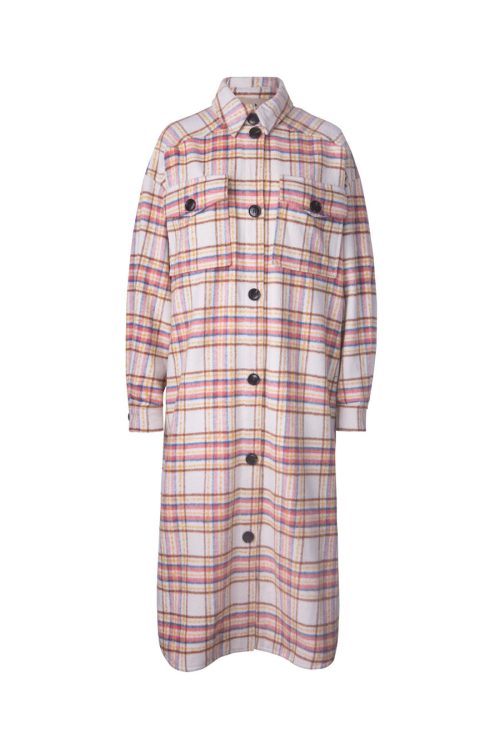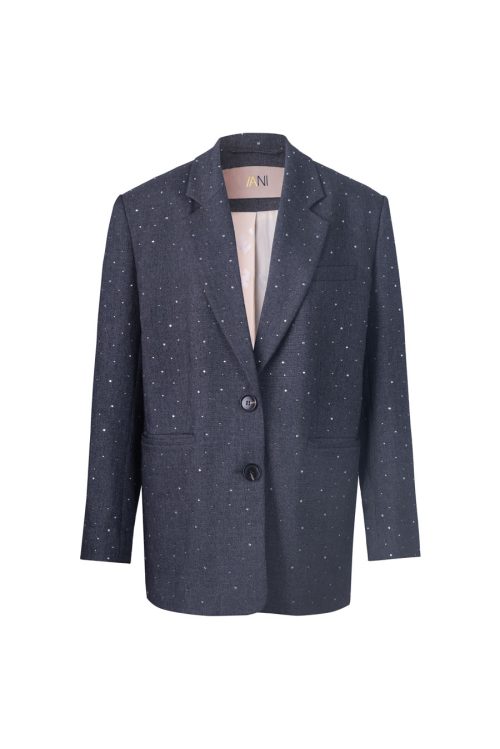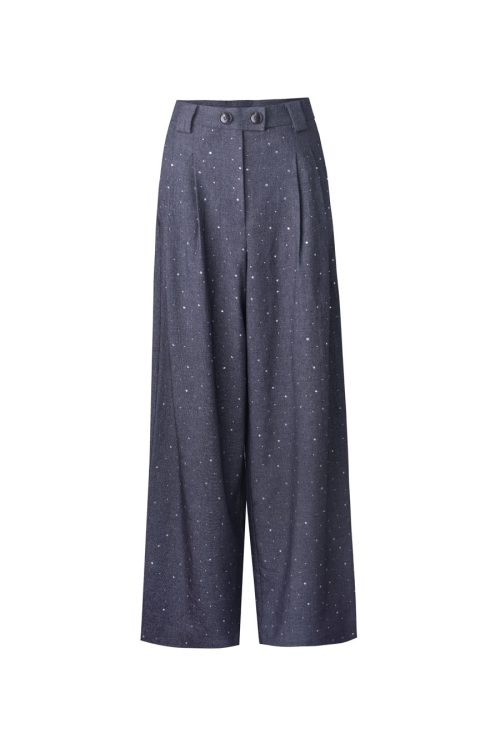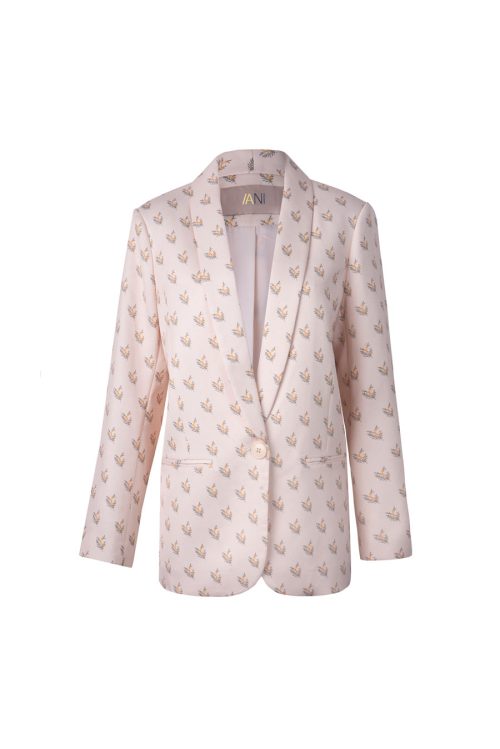
Introduction to High-Quality Garment Manufacturing
The distinction between ordinary and extraordinary in the fashion industry lies in the quality of garment manufacturing. This concept transcends beyond mere aesthetics, embedding itself in the very fabric, craftsmanship, and integrity of the apparel. High-quality garment manufacturing is a comprehensive approach that ensures clothing not only looks and feels luxurious but also endures over time, reflecting a brand’s commitment to excellence. In this guide, we explore the multifaceted aspects of high-quality garment production, highlighting how it can significantly uplift a brand’s stature and resonate with discerning customers who prioritize quality.
The Pillars of Excellence in Garment Manufacturing
Superior Fabric Selection
The foundation of any high-quality garment is the fabric from which it is made. Selecting premium materials is crucial for ensuring the final product meets the highest standards of comfort, durability, and aesthetics. This process involves a thorough examination of fabric properties, including thread count, weave density, and fiber quality, to ensure they align with the garment’s intended use and customer expectations. Superior fabric selection not only enhances the appearance of clothing but also its functionality and longevity, setting the stage for a piece that remains timeless in both style and structure.
Precision in Tailoring Techniques
The essence of high-quality garment manufacturing lies in the precision of its tailoring. This is where skilled artisans come into play, employing meticulous cutting, sewing, and finishing techniques to ensure each piece of clothing fits flawlessly and looks impeccable. Precision tailoring involves a deep understanding of body ergonomics, allowing for adjustments that cater to diverse body types while maintaining the integrity of the design. This attention to detail ensures that every seam, hem, and buttonhole is executed with perfection, resulting in garments that stand out for their craftsmanship.
Rigorous Quality Control Measures
The final hallmark of high-quality garment manufacturing is stringent quality control. This phase of production involves multiple checks and balances to ensure every piece meets the established standards of excellence. From initial fabric inspection to the final review before packaging, each step is meticulously monitored to identify and rectify any discrepancies. Rigorous quality control is not just about maintaining consistency; it’s about upholding a promise to the customer that what they are purchasing is nothing short of the best.
Advantages of Partnering with a High-Quality Manufacturer
Enhanced Brand Reputation
Partnering with a high-quality garment manufacturer can significantly elevate a brand’s reputation in the competitive fashion market. Quality is a key differentiator that can set a brand apart, signaling to customers that the brand values not just aesthetics but also the longevity and performance of its products. This commitment to quality can foster a strong brand identity, attracting a loyal customer base that values and trusts the brand’s offerings.
Customer Satisfaction and Loyalty
The cornerstone of any successful brand is its ability to satisfy and retain customers. High-quality garments result in higher customer satisfaction rates, as consumers appreciate the value they receive from products that look great, fit well, and last long. This satisfaction is a powerful tool for building loyalty, encouraging repeat purchases, and generating positive word-of-mouth, which is invaluable in attracting new customers.
Longevity and Sustainability of Clothing
In today’s increasingly eco-conscious world, the sustainability of clothing has become a pivotal concern for both consumers and brands. High-quality garments, by virtue of their durability, contribute to a more sustainable fashion industry by reducing the need for frequent replacements. Investing in quality not only aligns with ethical consumption practices but also offers consumers better value for their money, making it an attractive selling point for brands.
Behind the Scenes: The Production Process
Sourcing and Supply Chain Management
The ability to produce high-quality garments consistently relies on effective sourcing and supply chain management. This involves not just the selection of the best materials but also ensuring that every component of the production process is optimized for quality and efficiency. By managing the supply chain effectively, manufacturers can reduce lead times, maintain high standards, and respond quickly to market trends and customer demands.
From Design to Production: A Step-by-Step Guide
The journey from design to production is a complex process that requires careful planning and coordination. It begins with a concept or design sketch and involves numerous stages, including pattern making, prototyping, and sampling, before moving on to mass production. Each step is critical for ensuring that the final product remains true to the designer’s vision while meeting the manufacturer’s quality standards.
Implementing Efficient Manufacturing Technologies
The integration of advanced manufacturing technologies has transformed the garment production landscape, enabling manufacturers to achieve higher levels of precision and efficiency. Technologies such as automated cutting machines, computer-aided design (CAD) systems, and robotic sewing units contribute to the production of high-quality garments at a faster pace, ensuring that manufacturers can meet the demands of a fast-paced market without compromising on quality.
Case Studies: Success Stories in High-Quality Apparel
Transforming Designs into Premium Products
Real-life success stories of high-quality garment manufacturing often involve a collaborative effort between designers and manufacturers. These partnerships enable the transformation of creative visions into tangible products that exceed market expectations. By focusing on the details and maintaining a commitment to quality, these collaborations result in garments that set new standards in the fashion industry.
Collaboration and Innovation: Key to High-Quality Outputs
Innovation is at the heart of high-quality garment manufacturing. Case studies of successful apparel lines reveal that continuous innovation, whether in fabric technology, production processes, or design techniques, is crucial for maintaining a competitive edge. Collaborative efforts that embrace new ideas and technologies can lead to breakthroughs in quality and efficiency, benefiting both the manufacturer and the brand.
Choosing the Right High-Quality Garment Manufacturer
Criteria for Selection
Selecting the right garment manufacturer is a critical decision for any fashion brand. Key criteria include the manufacturer’s experience in producing high-quality garments, their capacity to meet production demands, and their commitment to sustainable practices. Brands should also consider the manufacturer’s expertise in specific types of clothing, such as women’s apparel, to ensure that their products align with market expectations.
Evaluating Expertise in Women’s Clothing
For brands specializing in women’s clothing, it’s essential to choose a manufacturer with specific expertise in this area. This includes a deep understanding of women’s fashion trends, body types, and preferences. Manufacturers who specialize in women’s apparel are better equipped to produce garments that meet the high standards of quality and design required in this competitive segment.
The Role of Cost, Quality, and Efficiency in Decision Making
While cost is an important consideration, it should not be the sole factor in choosing a garment manufacturer. The balance between cost, quality, and efficiency is crucial for ensuring that the final products meet the brand’s standards and customer expectations. Brands must evaluate manufacturers based on their ability to deliver high-quality garments within reasonable timelines and at a cost that aligns with pricing strategies.
High-Quality Garment Manufacturer FAQs
This section would address common questions related to high-quality garment manufacturing, offering insights into the selection process, production timelines, and quality assurance practices.
Conclusion: The Future of Garment Manufacturing
The future of garment manufacturing is poised at the intersection of quality, sustainability, and innovation. As the industry evolves, manufacturers and brands that prioritize these elements will lead the way in creating apparel that not only meets but exceeds consumer expectations. By focusing on high-quality production practices, the garment manufacturing industry can contribute to a more sustainable and ethical fashion ecosystem, ensuring that the beauty of fashion is matched by the integrity of its creation.




